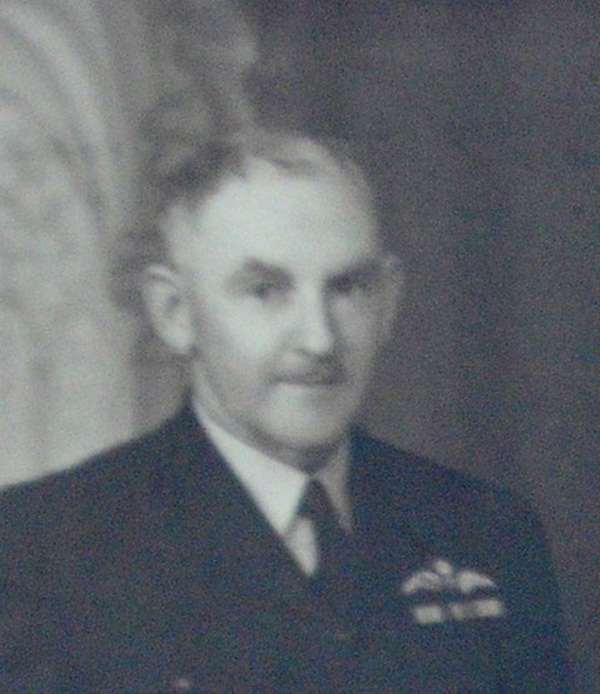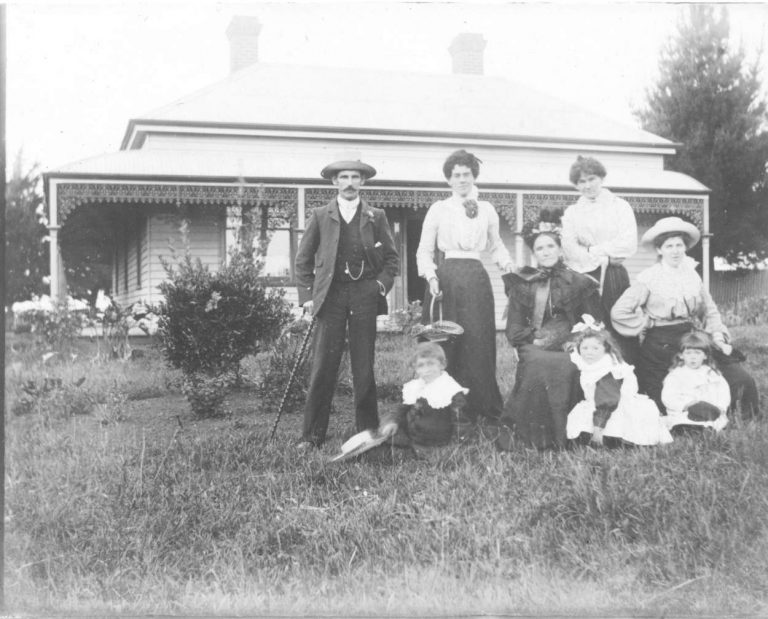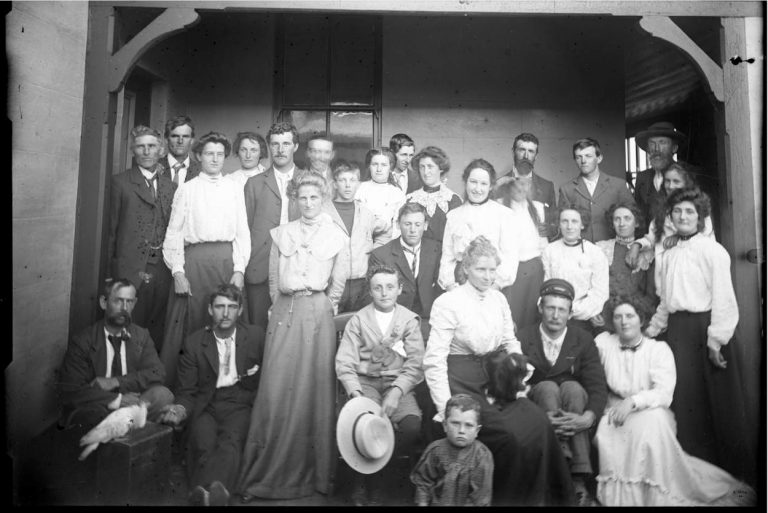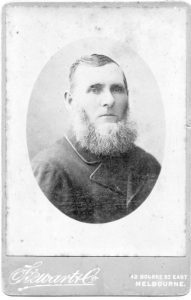Fred was born on 3 January 1898 in Camberwell, Victoria, to George Frederick William Stevens, a lighthouse keeper at Wilsons Promontory, and Emma “Pem” (née Daws).
Fred spent the first 16 years of his life living with his parents at all 15 lights at which his father was a keeper. From the age of 14 he stood his father’s daylight watches while his father attended to maintenance and other matters. During this period he honed his skills in Morse code and celestial navigation. This qualified him as a junior wireless operator on the troop ship SS Wiltshire in 1917 and 1918.
The only education he had was what was passed onto him by his parents. Fishing, going out hunting for foxes or rabbits with a rifle, that was his life, until at the age of 16 his father said, “Right, I’ve had enough. You go out and support yourself. I’ve got you a job as a telegraph messenger boy in Mornington.”
He served in the Royal Australian Navy as a radio officer during WWI, and later on the New Guinea Island of Samarai. He was later transferred to the PMG’s Department. He became competent in the design and maintenance of transmitters and receivers, and that got him a job after WWI with 4BC in Brisbane. He then went to Melbourne and worked in the same capacity with 3LO and then back to Brisbane with 4QG. That, coupled with his knowledge of navigation and his desire to fly, got him a job with Qantas in the same capacity.

Click here for the full biography and links.
On 31 March 1929, the Southern Cross, with Kingsford Smith, Ulm, Litchfield and McWilliams, disappeared in the Northern Territory during a planned flight to London. They were subsequently found, all safe, by Les Holden flying a DH61 some 12 days later. One of the search aircraft was a Westland III named Kookaburra, with pilot Keith Anderson and his engineer Henry Hitchcock. Kookaburra then went missing. The Kookaburra was ill equipped and very poorly provisioned for a desert search. Qantas was asked to assist in the search, and Lester Brain of Qantas was commissioned to mount a search. Brain telephoned Fred at home one evening and asked him to install a radio in the aircraft DH50J, the Atlanta. At that time, radios in aircraft were almost unheard of, and in only one day, Fred built, installed and tested a simple CW transmitter and receiver to be powered by a wind-driven generator mounted on the aircraft’s port upper-wing leading edge. Brain, Fred and engineer Compston set out from Archerfield aerodrome on 19 April 1929. After a number of abortive forays, on 21 April, about 80 miles SE of Wave Hill, they saw smoke, and upon closer inspection found the Kookaburra. Fred radioed the find back to Brisbane, then took photos with his Box Brownie camera of the stranded Kookaburra with Hitchcock’s body lying under the starboard wing. Fred’s photos were front page news in Brisbane the next day.
Having experienced the excitement of flying, Fred decided early in 1930 that he should learn to fly. He was trained by Lester Brain and did his first solo in the DH60 Moth VHUAV on 13 March 1930. On 26 June 1930 he was awarded a private pilot’s licence, number 552, authorising him to fly DH60s. Not content with this, Fred did further work, including stalls, forced landings, night flying, cloud flying and spins. Then on 19 November 1934 he was awarded a commercial pilot’s licence, number 476, authorising him to fly DH60, DH80 and DH86 aircraft.
Fred and Lester Brain flew the first passenger and official air mail service from Brisbane to Singapore in a DH86, to link up with the Imperial Airways London to Singapore service. On 22 February 1935, they departed Darwin for Singapore, with Sir Edward Campbell as passenger. Then on 26 February, they made the first eastbound trip from Singapore to Darwin. The mail run from Brisbane to Singapore took 7 days, with stops at Toowoomba, Roma, Charleville, Blackall, Longreach, Winton, Cloncurry, Mt Isa, Camooweal, Brunette Downs, Newcastle Waters, Daly Waters, Darwin, Koepang, Rambang, Sourabaya, Batavia, and Singapore. On one run, Fred flew Charlie Chaplin on Chaplin’s honeymoon following his second marriage, to Oona O’Neill, in 1943.
During WWII Fred served in the Royal Australian Air Force. Following the War, he joined the Department of Civil Aviation, from which he retired in 1962. He received an MBE for his services to aviation, receiving his award from the Queen at the same ceremony at which Dame Elisabeth Murdoch received her damehood.
Following his divorce from Cecily, Fred remarried Nancy Alumward Sim in 1943. Their son, Ian Bruce Stevens, was born later that year.
Fred spent 4 years in retirement in his house in Kyarra Road, Glen Iris (since demolished to make way for the Monash Freeway), until he died suddenly from a heart attack in 1966.
The following link to Fred’s life leads to biographical notes compiled by George and Ian, a variety of photographs of Fred and taken by Fred, correspondence from Lester Brain and Charles Kingsford Smith, certificates and his MBE.


